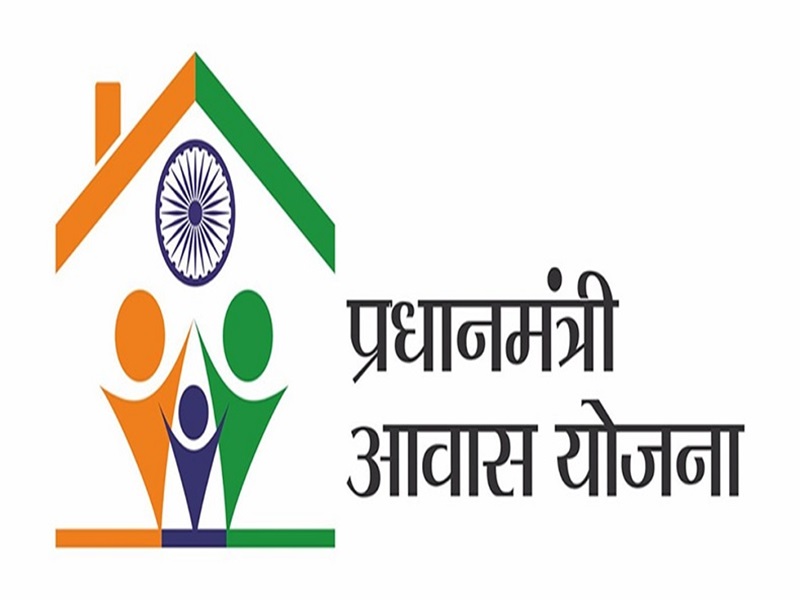In this article we will share you details about Pradhan Mantri Awas Yojana (PMAY) schemes, It’s benefits, statistics, procedure to apply
Pradhan Mantri Awas Yojana (PMAY) is a scheme launched by the Government of India in 2015 with the aim of providing affordable housing to the urban and rural poor. The scheme aims to provide ‘Housing for All’ by 2022, the year of India’s 75th Independence Day.
Benefits and features of Pradhan Mantri Awas Yojana:
- PMAY provides financial assistance to eligible beneficiaries for the construction or renovation of houses in both urban and rural areas.
- The scheme provides interest subsidy on home loans for economically weaker sections and low-income groups, which can reduce the effective home loan interest rate by up to 6.5%.
- The scheme also provides an additional interest subsidy of 3% for women beneficiaries and for beneficiaries belonging to the scheduled castes/scheduled tribes and other marginalized communities.
- The scheme aims to provide affordable housing to the urban and rural poor, and improve the living conditions of people living in slums and informal settlements.

Eligibility and criteria to apply for Pradhan Mantri Awas Yojana:
- The scheme is available to economically weaker sections (EWS) and low-income groups (LIG) in both urban and rural areas.
- Eligible beneficiaries must not own a pucca house in any part of India.
- The annual income of EWS beneficiaries should not exceed Rs. 3 lakhs and that of LIG should not exceed Rs. 6 lakhs.
As of 2021, the scheme has provided over 1.95 crore houses to eligible beneficiaries across the country.
Over Rs. 1.3 lakh crore has been released as financial assistance under the scheme.
The scheme has provided over 2.1 crore interest subsidies on home loans.
Procedure to Apply for Pradhan Mantri Awas Yojana:
- Eligible households can apply for the scheme through the PMAY website or by visiting the nearest Common Service Center (CSC).
- Submit the required documents, including proof of identity, proof of residence, and income proof.
- The application will be verified by the local authorities and the beneficiary will be added to the PMAY list.
- After the beneficiary is added to the PMAY list, the beneficiary will be required to apply for a home loan from a bank or financial institution.
- The beneficiary will then be required to submit the required documents and make the required payment for the home loan.
- After the loan is approved, the beneficiary will receive the interest subsidy as per the scheme.
Official Website: https://pmaymis.gov.in/
Implementation of Pradhan Mantri Awas Yojana:
- The scheme is implemented through a network of banks, financial institutions and local authorities across the country.
- The procedure may vary slightly depending on the location and the service provider.
It is important to note that the PMAY scheme is only available to economically weaker sections (EWS) and low-income groups (LIG) in both urban and rural areas, who do not own a pucca house in any part of India.
The scheme provides financial assistance for the construction or renovation of houses and an interest subsidy on home loans for EWS and LIG, which can reduce the effective home loan interest rate by up to 6.5%. The scheme is implemented through a network of banks, financial institutions and local authorities across the country and the procedure may vary slightly depending on the location and the service provider.
In addition to the above, the PMAY scheme also includes the following components:
- Credit Linked Subsidy Scheme (CLSS): This component provides an interest subsidy on home loans for EWS and LIG households. The interest subsidy is provided for a period of 15 years or the tenure of the loan, whichever is lower.
- Beneficiary-led Construction/Enhancement: This component provides financial assistance to eligible beneficiaries for the construction or enhancement of houses in rural areas. The beneficiaries can choose to construct a new house or enhance their existing house.
- Affordable Housing in Partnership (AHP): This component provides financial assistance to public and private sector agencies for the construction of affordable houses in partnership with state governments and urban local bodies.
- In-situ Slum Redevelopment (ISSR): This component provides financial assistance for the redevelopment of slums in urban areas. The redevelopment is done on a public-private partnership (PPP) basis.
- Affordable Housing for Economically Weaker Sections (EWS) and Low Income Groups (LIG) under PMAY: This component provides financial assistance to state governments and urban local bodies for the construction of affordable houses for EWS and LIG households in urban areas.
